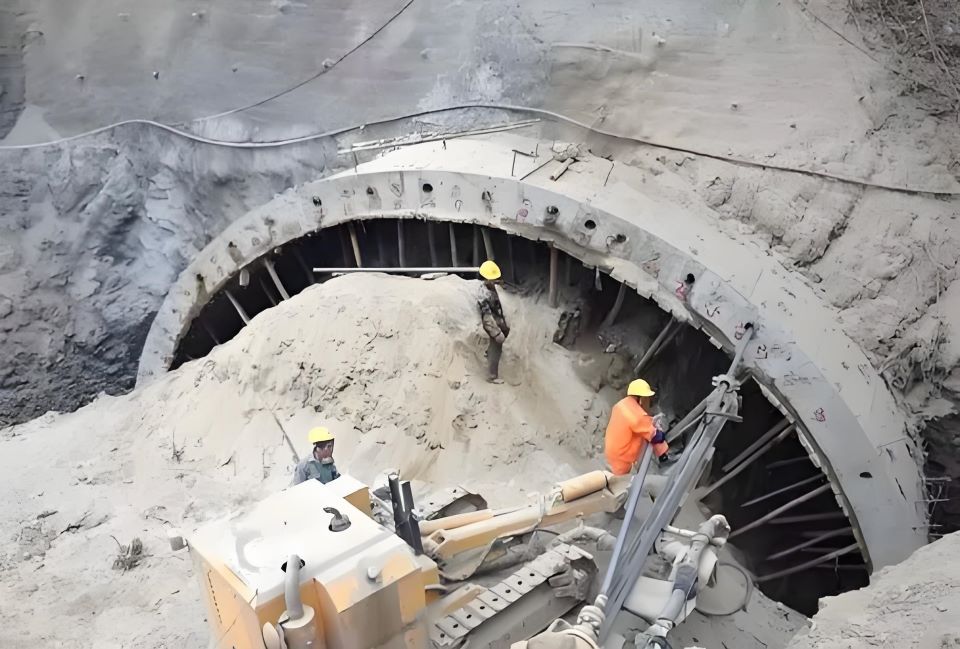The open cut excavation method is a common technique used in construction, mining, and engineering projects where large volumes of earth or rock need to be removed from the surface. This approach involves digging down into the ground to create an open space for various purposes such as laying foundations, constructing underground facilities like tunnels, pipelines, and subway systems, or extracting minerals.

Common Applications:
- Pipeline installation: For water, gas, and sewage systems.
- Roadworks and foundations: To create stable bases for road construction or building structures.
- Utilities: For power lines, telecommunication cables, or drainage systems.
Advantages:
- Cost-effective for shallow depths: Especially in areas where soil is stable, open cut is often cheaper than more complex techniques like tunneling.
- Simple and straightforward: Requires less specialized equipment compared to other excavation methods.
- Flexibility in length and width: It can be adapted to varying site conditions and project needs.
Disadvantages:
- Disruption: This method often involves removing existing roads, landscapes, or structures, which can cause significant disruption to traffic, businesses, and residents.
- Environmental impact: Large surface areas may be affected, leading to habitat destruction, soil erosion, or drainage issues.
- Limited depth: For very deep excavations, open cut becomes less practical due to safety concerns, higher costs, and the need for extensive shoring.
Process of Open Cut Excavation
1. Site Preparation: Before any digging begins, the site must be cleared of all obstacles including trees, structures, and sometimes topsoil. Surveys are conducted to ensure that the planned excavation does not interfere with existing utilities, buildings, or natural features.
2. Excavation: Heavy machinery such as excavators, bulldozers, and dump trucks are used to remove the soil or rock layer by layer. The depth of excavation can vary greatly depending on the project's requirements. For safety reasons, slopes and benches may be created to prevent collapse and facilitate access for equipment and workers.
3. Soil Stabilization: To maintain the stability of the sides of the excavation and prevent erosion, methods such as sheet piling, shoring, and bracing might be employed. Soil stabilization also ensures the safety of workers and nearby structures.
4. Water Management: Since water infiltration can pose serious risks during excavation, measures are taken to manage groundwater levels. This often includes dewatering through pumps or wells and creating drainage channels around the excavation area.
5. Construction or Mining: Once the excavation reaches the desired depth, construction activities commence, which could involve pouring concrete for foundations, installing pipes, or setting up tunnel supports. In mining operations, the extracted materials are processed and transported out of the site.
6. Backfilling and Site Restoration: After the main work is completed, the pit is backfilled if necessary, and the site is restored to its original condition as much as possible, including re-planting vegetation and reinstating surfaces.
Open cut excavation remains one of the most straightforward and widely used methods for accessing subterranean spaces. Its success depends heavily on thorough planning, adherence to safety protocols, and efficient execution by skilled personnel.




